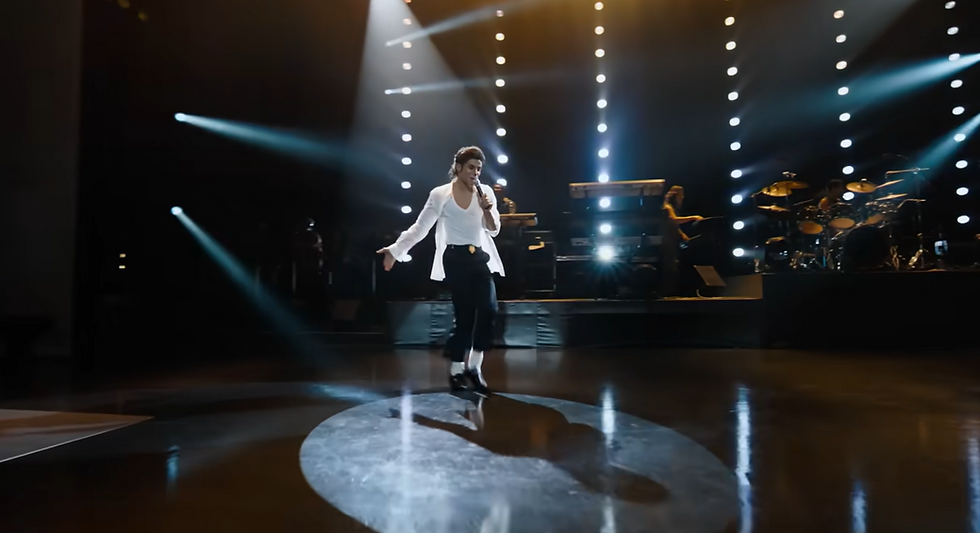When the Music Fades — MTV, Memory, and the End of an Era
- rudrajeetlaskar
- Oct 15
- 2 min read
I still remember Silchar’s early cable TV craze — a black-and-white set with no remote, a temperamental tuner that broke every few weeks due to frequent manual intervention, and those cheap plastic colour glasses that promised to turn our monochrome world into technicolour magic. The signal was weak, the sound hissed, but when MTV’s pop or rock videos flickered through that grainy frame, it felt like a window to another universe.
That first exposure to global music and youth culture wasn’t just entertainment — it was aspiration. MTV turned fashion, attitude, and rebellion into broadcast art. For small towns like Silchar & across India, it was the ultimate bridge between “there” and “here,” giving a visual rhythm to the songs that would define the ’90s and 2000s.
Now, as MTV prepares to shut down several of its music channels by the end of 2025, it feels like closing the final chapter of that shared, televised dream. The move, driven by changing viewer habits and the dominance of streaming and short-form platforms, signals the end of an era.

The reasons behind MTV’s decision are many, but all speak to how deeply the media landscape has changed.
Shifting audience habits: Over the past decade, the way people consume music has radically transformed. YouTube, TikTok, Instagram Reels, Spotify, and other on-demand services have made music and videos available instantly.
Corporate restructuring and cost-cuts: Parent company Paramount Global is undergoing major restructuring, with plans to trim costs by nearly USD 500 million as it pivots toward more digital, scalable models.
A pivot toward digital-first platforms: Rather than investing in linear broadcast networks with dwindling returns, MTV’s future focus is shifting toward digital and streaming services such as Paramount+ and Pluto TV.
The slow erosion of MTV’s core identity: Even before this decision, the channel’s DNA had changed. Over the years, music programming gave way to reality shows, celebrity specials, and branded entertainment. The once-iconic “always-on video jukebox” had long stopped playing, replaced by a more fragmented mix of content that reflected changing audience appetites.
Regional precedents and local closures: In India, too, the signs were visible. MTV Beats, a Hindi-music channel under the MTV/Viacom portfolio, ceased broadcasting in March 2025, underscoring how linear music TV has been quietly fading from the global entertainment map.
Today, music lives online — on YouTube, Reels, and Spotify — accessible, abundant, and yet, oddly solitary. What we lose with MTV’s decline is not music itself, but the collective moment of watching it together.
Maybe nostalgia is our way of tuning back — to a time when even a broken tuner could bring the world home.
.png)

MTV was branded Chitrahar. It has popularised the VJs and gave birth to VH1.
MTV will never cease in the 80s kids life.